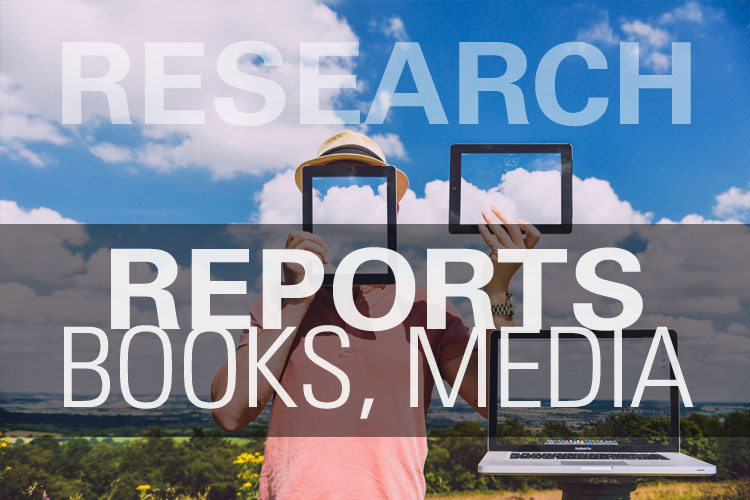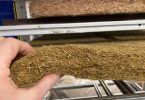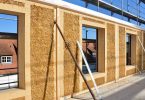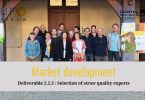The UK television program Grand Designs, in which participants engage in the design and construction of their dream houses has, over a period of fourteen years, done much to educate a lay audience about the design of domestic buildings.
In this paper, we analyse two episodes of the programme, both featuring houses constructed using straw bales. Our analysis considers three ways in which the show frames design issues and participants for the viewer. First, we look at how concepts of sustainability are presented; second, we explore the different ways in which expertise is enacted; and third, we discuss how design as a process, and architecture as a discipline, are represented. Within the episodes we analyse, we find that on the one hand Grand Designs seems to be architecturally progressive (in furthering a discourse of “sustainability,” and accurately reflecting the “reality” of design), but on the other hand, it can be interpreted as just the opposite since, through problematizing notions of “expertise,” the show actually favors tradition over innovation, and emphasizes individual brilliance over collaboration and compromise.
Authors: Lloyd, Peter; Oak, Arlene, 21.06.2016







